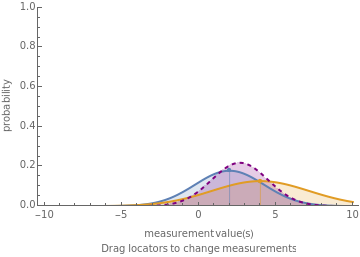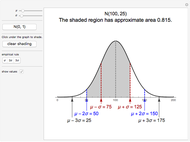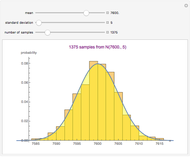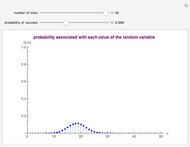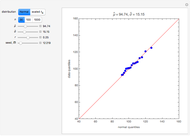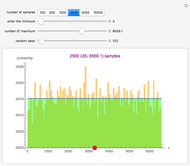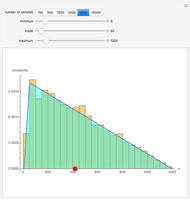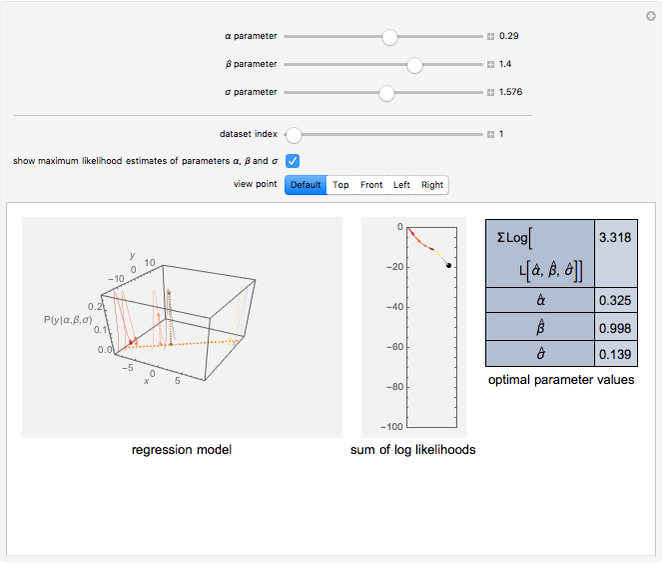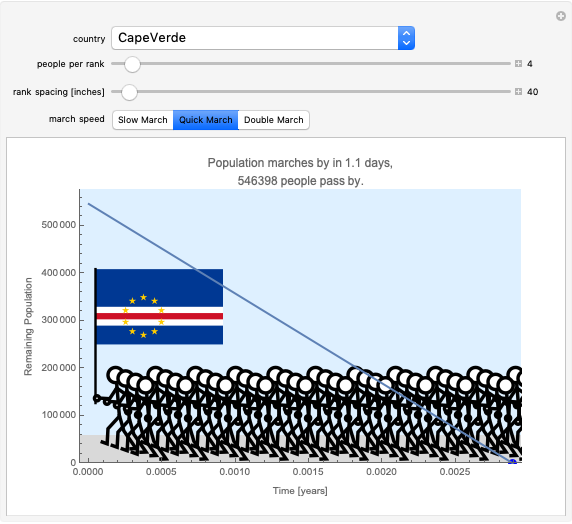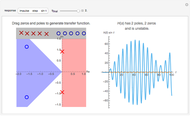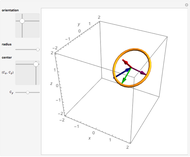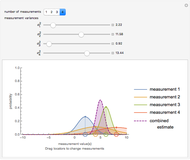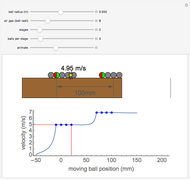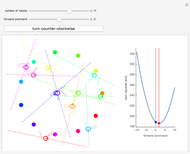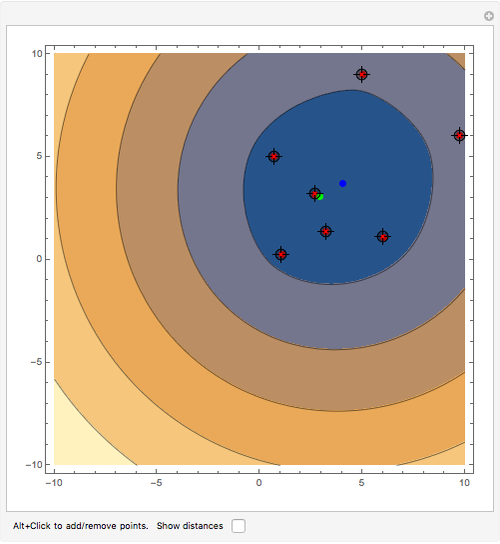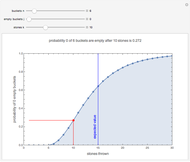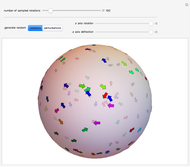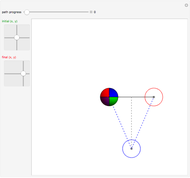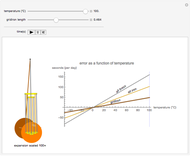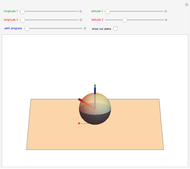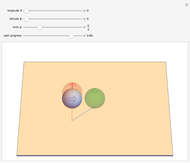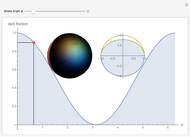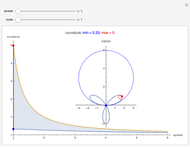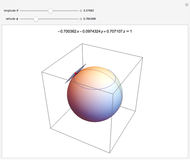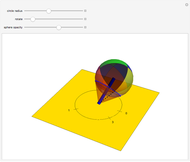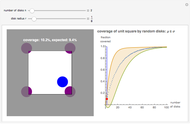Sensor Fusion with Normally Distributed Noise

Requires a Wolfram Notebook System
Interact on desktop, mobile and cloud with the free Wolfram Player or other Wolfram Language products.
Given  unbiased sensor measurements of a scalar quantity, each corrupted by independent, normally distributed noise with variance
unbiased sensor measurements of a scalar quantity, each corrupted by independent, normally distributed noise with variance  , the likelihood function for the true value (purple, dashed) is also a normal density.
, the likelihood function for the true value (purple, dashed) is also a normal density.
Contributed by: Aaron Becker (June 2015)
University of Houston
Open content licensed under CC BY-NC-SA
Snapshots
Details
Combining sensor measurements is called sensor fusion. If each sensor measurement is corrupted by independent noise, each measurement provides additional information. The information of a measurement is equal to the inverse of its variance.
The measurements are combined according to Bayes's theorem. Given two measurements  and
and  with variances
with variances  and
and  , the best estimate for the true value is
, the best estimate for the true value is  with variance
with variance  .
.
This can be written in recursive form, to update estimate  with measurement
with measurement  to form
to form  :
:
 ,
,
 ,
,
 .
.
These recursive equations are the scalar Kalman filter equations, and  is also known as the optimal Kalman gain. If only one measurement exists, the combined measurement is identical to the original measurement.
is also known as the optimal Kalman gain. If only one measurement exists, the combined measurement is identical to the original measurement.
Permanent Citation
